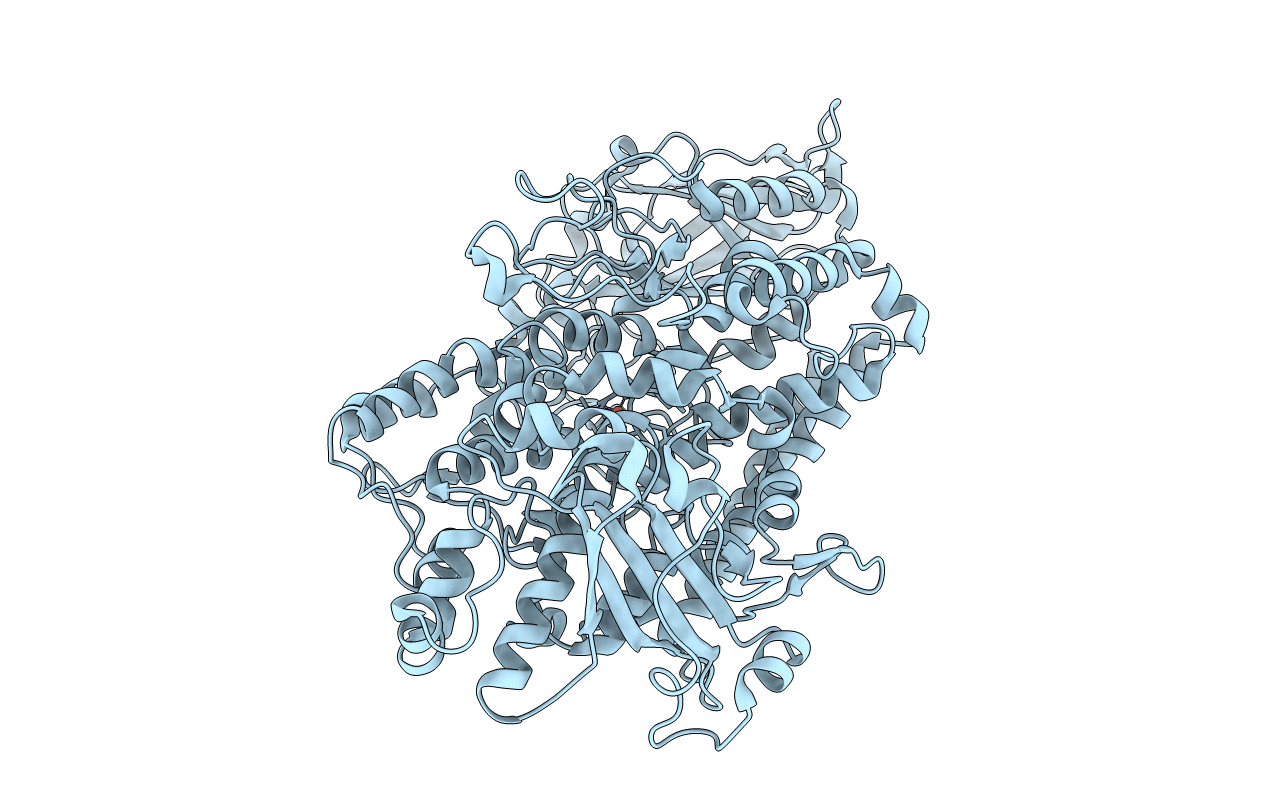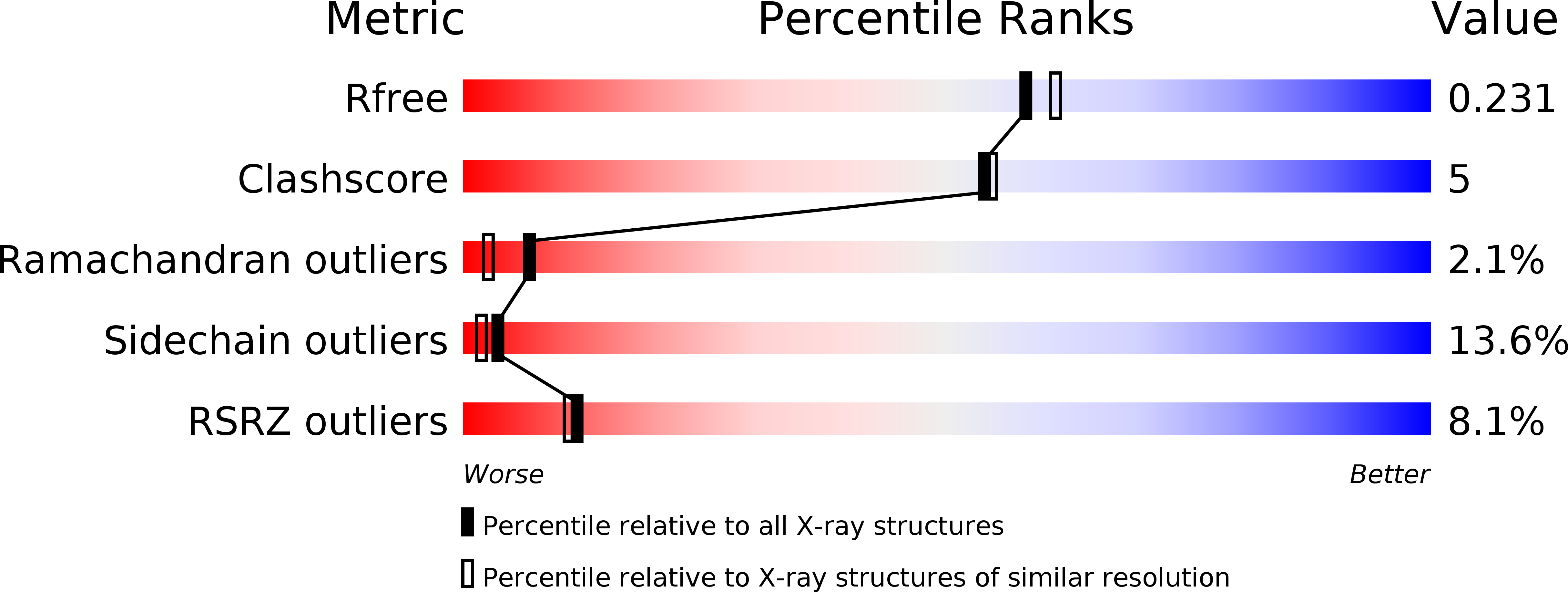
Deposition Date
2003-12-08
Release Date
2004-12-21
Last Version Date
2023-08-23
Entry Detail
PDB ID:
1RRH
Keywords:
Title:
Soybean Lipoxygenase (LOX-3) at ambient temperatures at 2.0 A resolution
Biological Source:
Source Organism:
Glycine max (Taxon ID: 3847)
Method Details:
Experimental Method:
Resolution:
2.00 Å
R-Value Free:
0.23
R-Value Work:
0.17
R-Value Observed:
0.18
Space Group:
C 1 2 1


